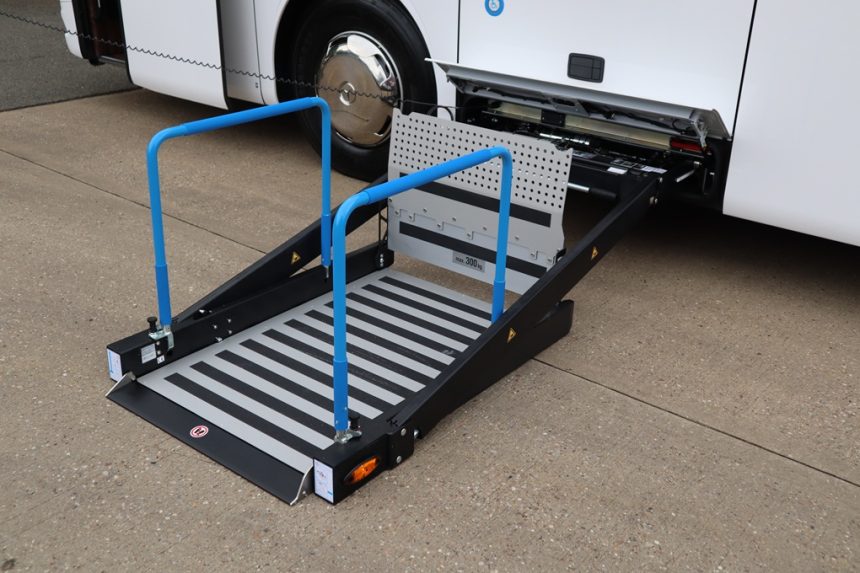Research into coach and bus service accessibility commissioned by the Department for Transport (DfT) has been published around a year after it was finalised.
Accessibility for both coach and bus is not a new subject. Perhaps key here is how the report focuses on services and disabled passengers’ needs rather than vehicles, although the latter are nonetheless prominent in its findings.
One of the research’s aims was to develop a deeper understanding of best practice around stops and stations. That should draw a cautious welcome, for it may be an indicator that the bigger picture is now part of accessibility considerations, as long advocated by many in the industry.
Such a close look at services and stopping places is important. The journey, rather than the vehicle, is the basis of RHA policy on PSVAR in the coach sector; for closed-door in-scope duties, an accessible service must be provided when it is needed but not as a default under the RHA approach.
How close that is to being accepted by the government (or indeed, other trade bodies) remains to be seen. Further steps for the PSVAR review are no clearer than they were when that pathway was first slated to be published almost 18 months ago.
End of the medium-term exemption regime for rail replacement and in-scope home-to-school services is now less than 14 months away. Pushback of that 31 June 2026 deadline for full compliance is surely as good as assured now.
The relevance of factors other than those directly relating to the vehicle on accessibility is well known. During 2020, work commissioned by a coach operator in Derbyshire and carried out by a health and safety professional shone a light on some of those.
Narrow footpaths, roadside infrastructure in the way and various other problems were depicted. At one stop, either the coach would need to halt in the middle of the road or a wheelchair user must levitate to around five feet for them to board. How is that within the coach industry’s powers to fix?
The DfT-commissioned report notes how across coach and bus, disabled passengers that participated in the research found challenges across all stages of their journeys; at stops and stations, and on vehicles.
Accepted is how DfT has, or had, gaps in its accessibility research evidence for “certain health conditions and impairments and coach use.”
The report was released to the Department in April 2024, four months after the PSVAR review next steps were originally planned for publication. Results “will inform ongoing work on the future accessibility and inclusivity” of coach and bus travel, it states.
The general hope will be that such developments are shared with the coach industry soon, but a semi-mysterious survey on PSVAR in the sector earlier in 2025 raised questions over that happening.
Work on the PSVAR review has clearly been a much more involved task than anticipated, but the contents of the now-published report at least give a hint that the ultimate results will not just be all about the vehicle.
Download the DfT-commissioned report on coach and bus accessibility here.



























